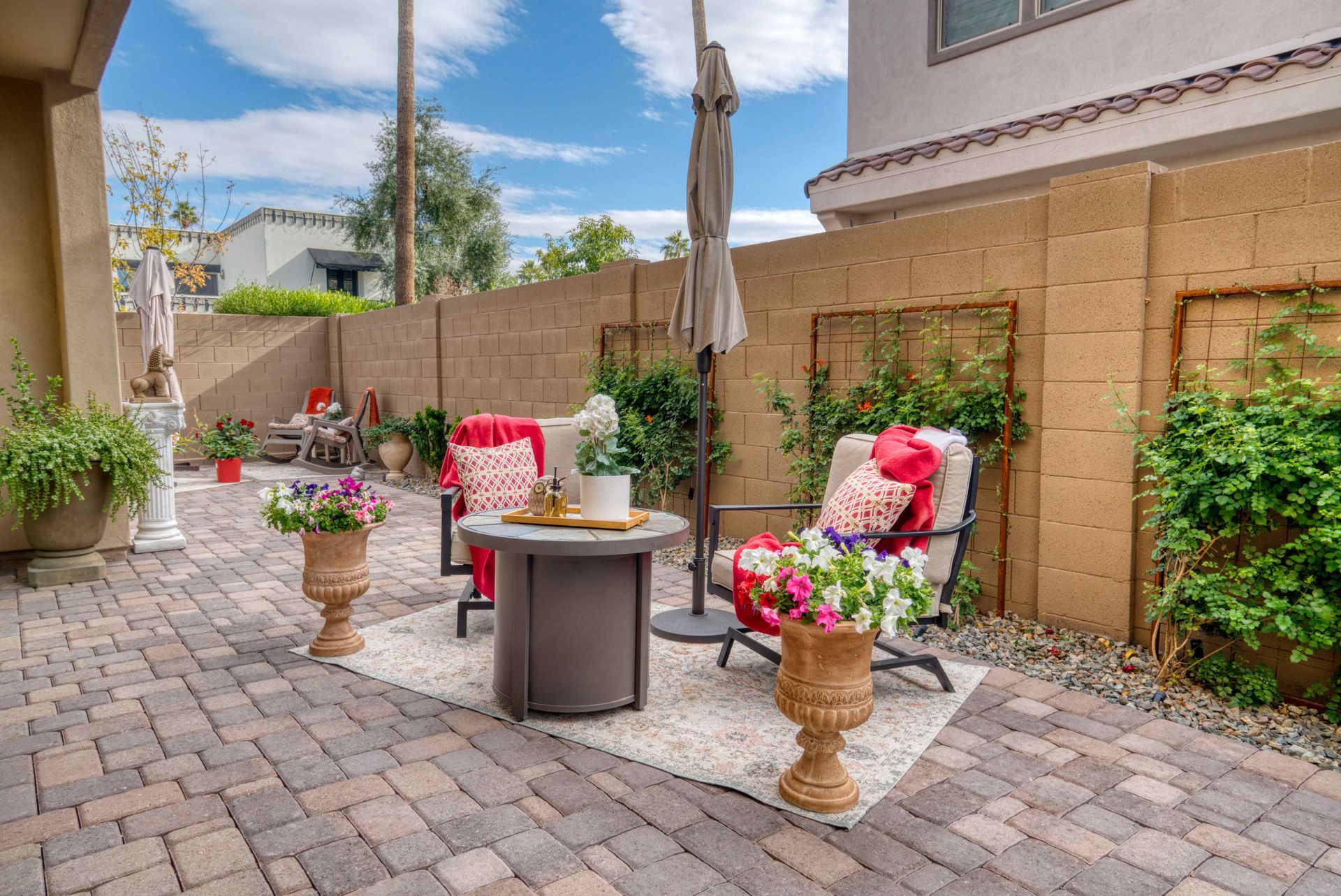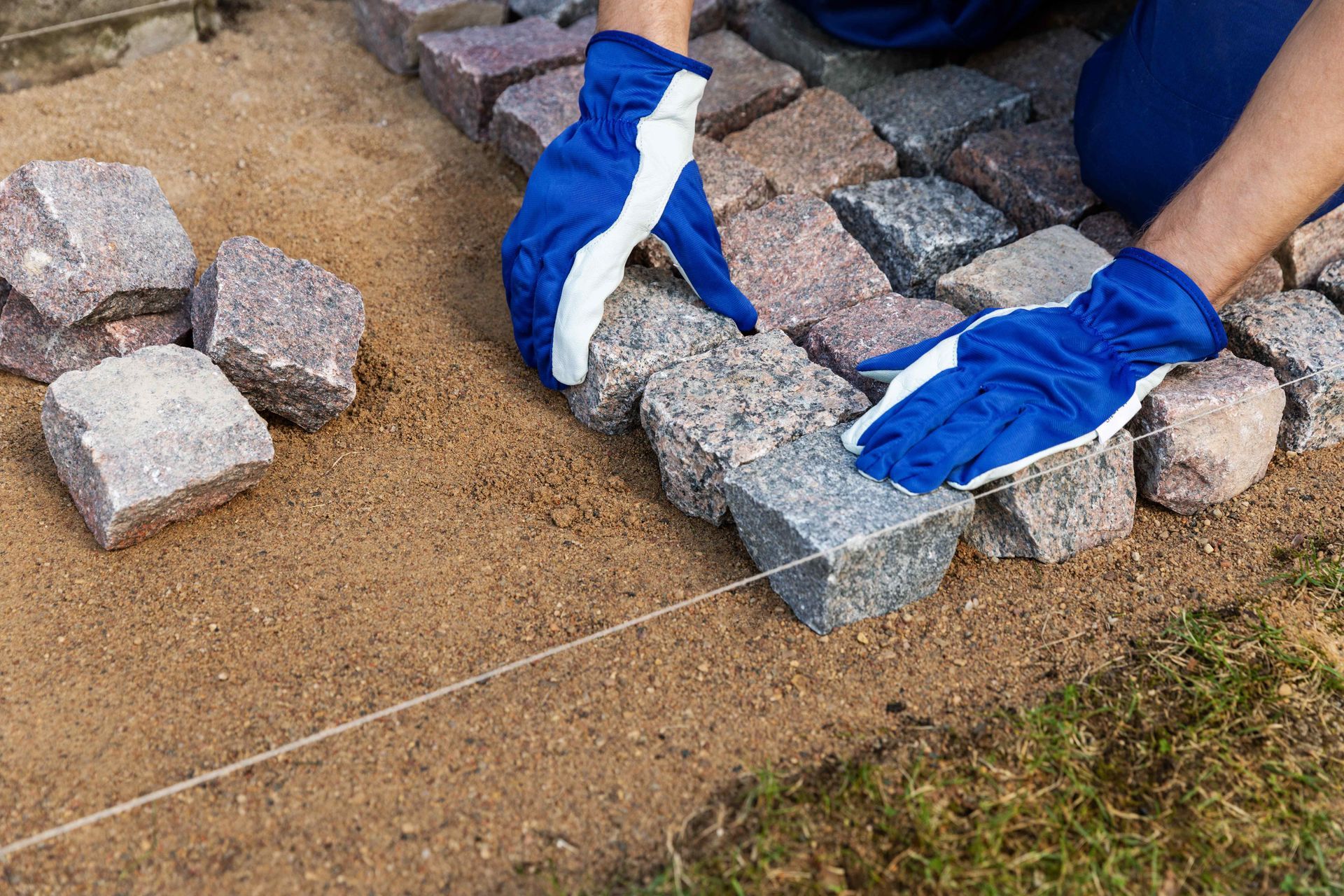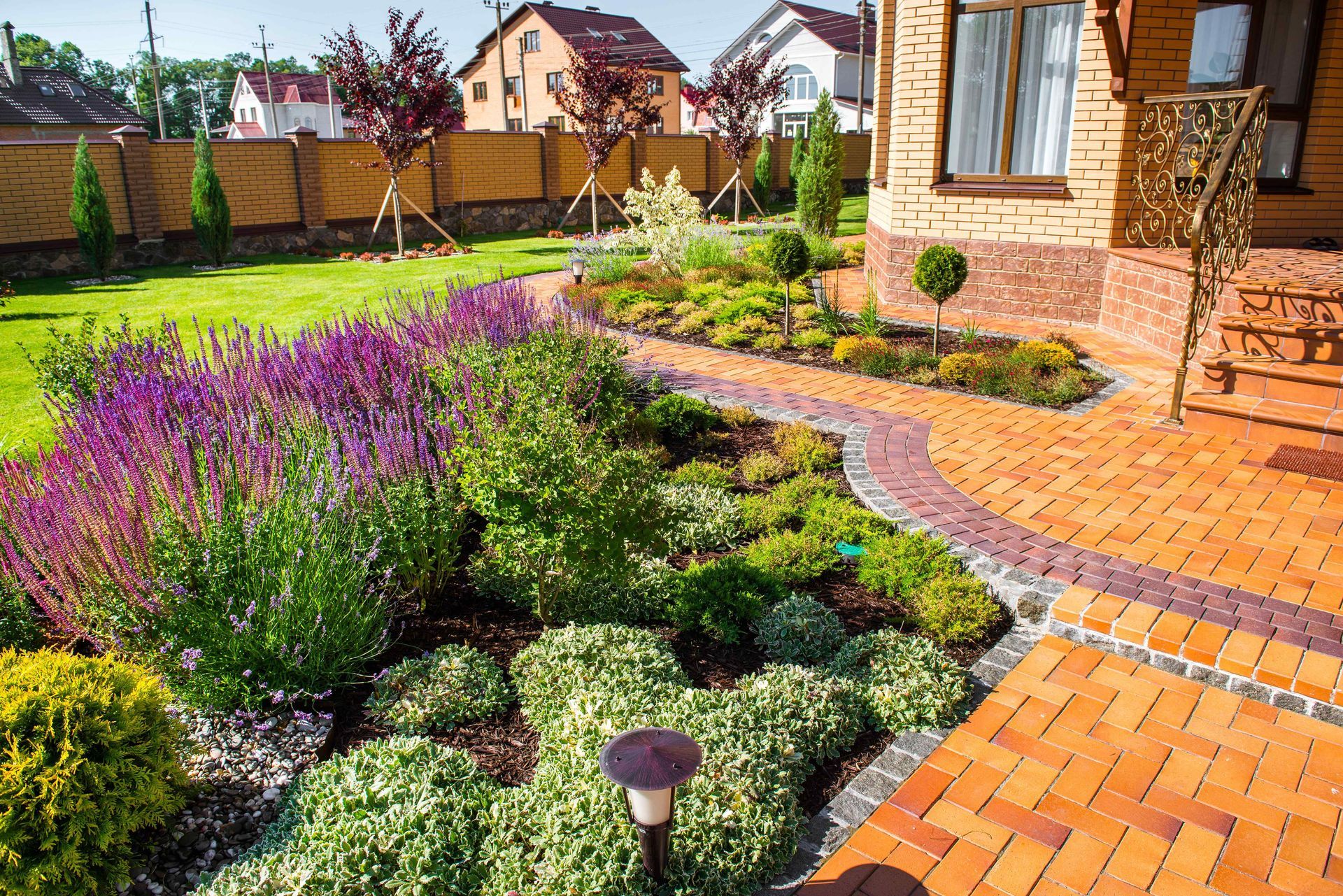Outdoor Kitchen Mistakes to Avoid: Creating a Functional and Enjoyable Space
The allure of an outdoor kitchen is undeniable—it's a space that blends cooking with the beauty of the outdoors. However, to ensure the success of your outdoor kitchen project, it's essential to navigate potential pitfalls. In this post, we'll explore common mistakes to avoid when designing and building an outdoor kitchen, ensuring that your al fresco cooking and dining experience is both enjoyable and functional.
1. Neglecting Proper Planning
One of the most significant mistakes in any outdoor project is a lack of thorough planning. Rushing into the design and construction phase without a clear vision can lead to inefficiencies, unexpected challenges, and dissatisfaction with the result. Take the time to plan every aspect, from the layout and functionality to the choice of materials and appliances.
Tip: Create a Checklist
Develop a checklist that outlines your priorities and preferences. Consider factors such as the cooking appliances you need, the seating and dining areas, and the integration with the overall landscape. This checklist will serve as a valuable guide throughout the planning process.
2. Overlooking Proper Ventilation
A common oversight in outdoor kitchen design is inadequate ventilation. Proper ventilation is crucial to dissipate smoke, odors, and heat generated during cooking. Failure to address this can lead to discomfort for the cook and guests and potential damage to surrounding structures.
Tip: Invest in Quality Ventilation Systems
Include a robust ventilation system in your outdoor kitchen design. This may involve installing an overhead hood or a combination of natural and mechanical ventilation. Choose a system suited to the size of your cooking area and the types of appliances you plan to use.
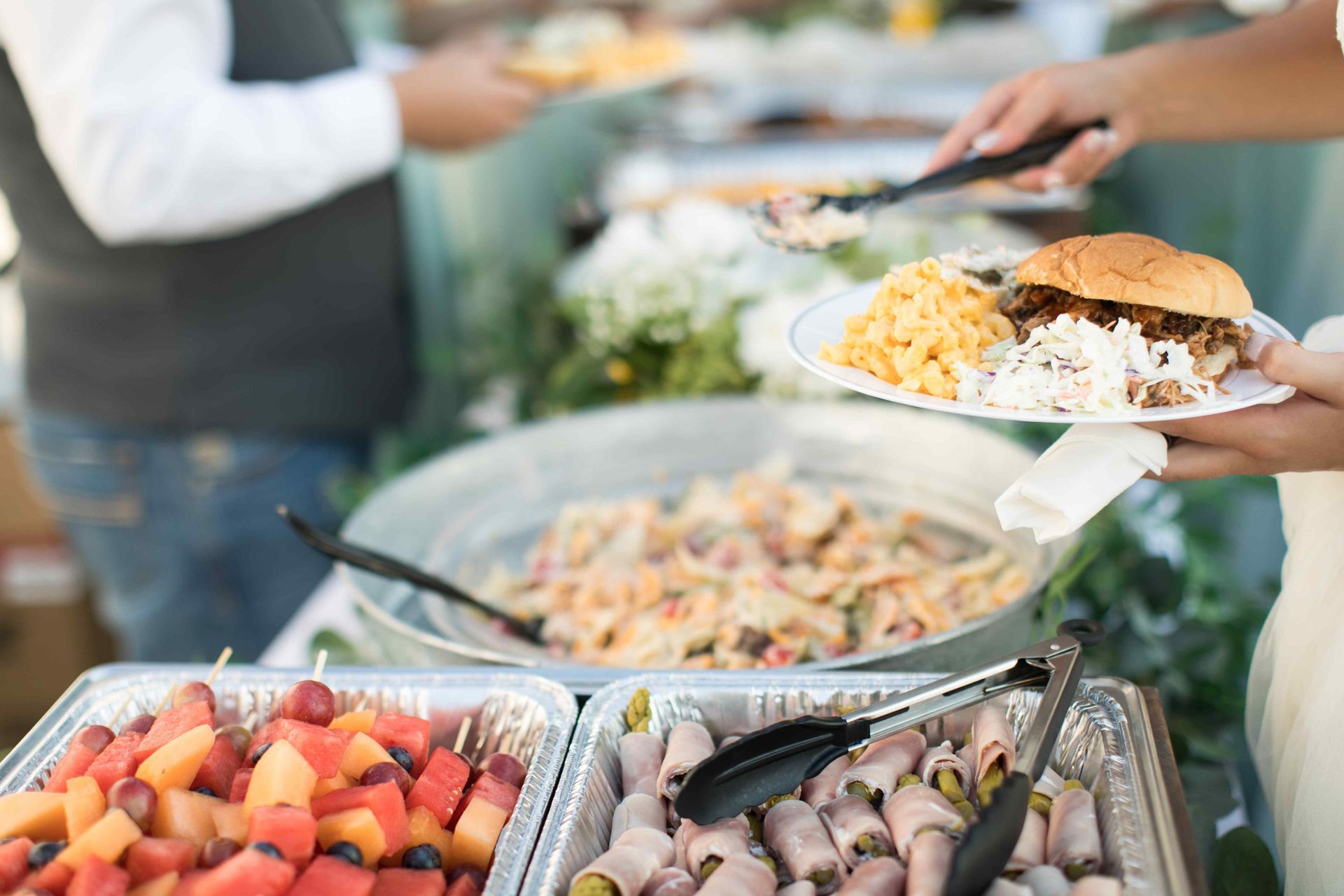
3. Underestimating Storage Needs
Insufficient storage space is a frequent oversight in outdoor kitchen design. Without proper storage, your outdoor cooking area can quickly become cluttered, reducing its functionality and visual appeal. Consider your storage needs for utensils, cookware, and outdoor dining essentials.
Tip: Optimize Vertical Space
Maximize storage by incorporating vertical solutions such as cabinets, shelves, and hooks. Choose materials that can withstand outdoor elements, ensuring the longevity of your storage solutions. This keeps your outdoor kitchen organized and enhances its overall efficiency.
4. Ignoring Comfort and Seating
Outdoor kitchens aren't just about cooking; they're about creating an enjoyable dining experience. Neglecting comfort and seating arrangements can diminish the social aspect of your outdoor space. Inadequate seating can also limit the usability of your outdoor kitchen.
Tip: Prioritize Comfortable Seating
Invest in comfortable, weather-resistant furniture that complements the style of your outdoor kitchen. Consider the number of guests you'd like to accommodate and ensure there's ample seating for both dining and casual gatherings. Incorporate shade solutions like umbrellas or pergolas to enhance comfort during sunny days.
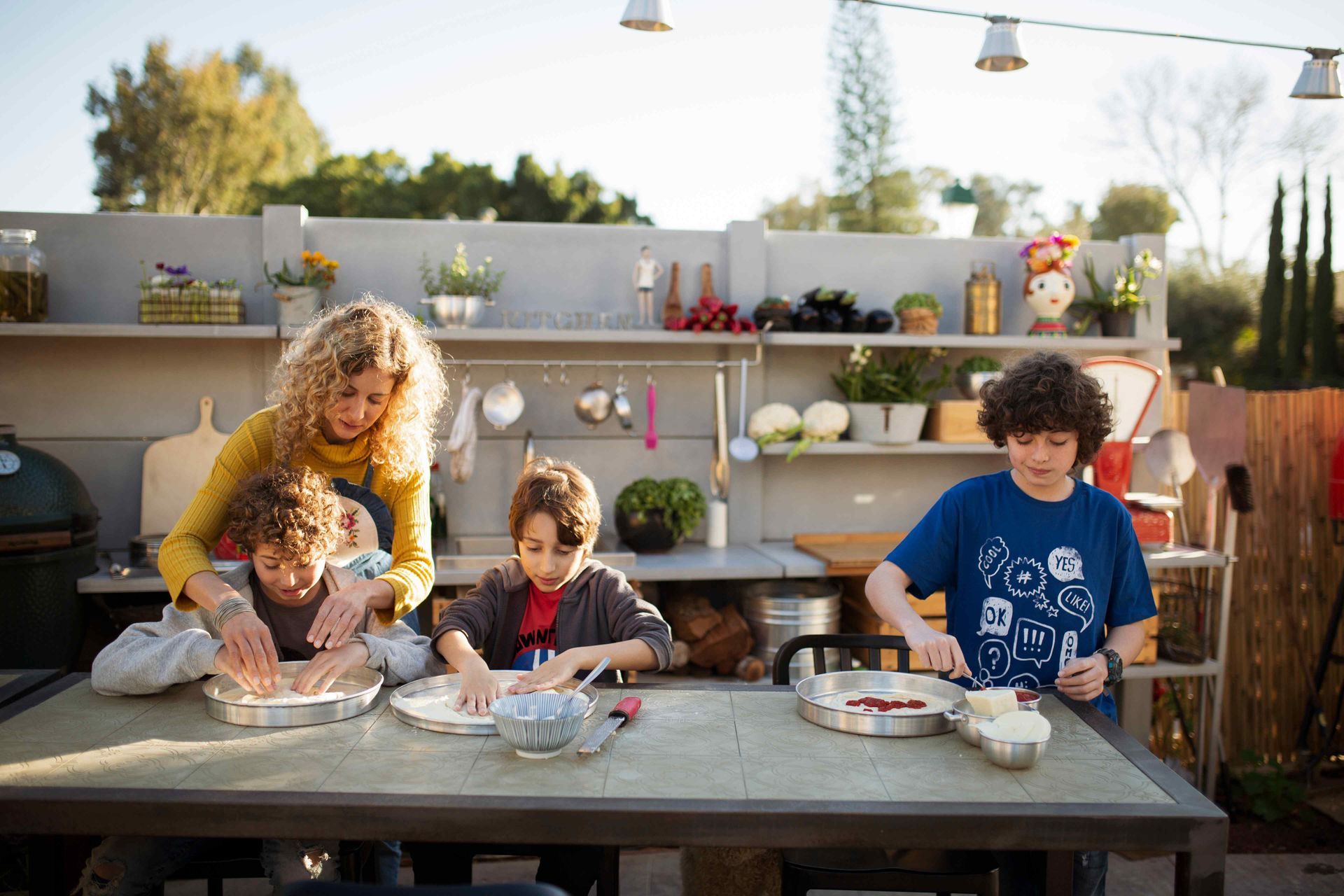
5. Choosing Incompatible Materials
Outdoor kitchens are exposed to the elements, making material selection a critical consideration. Choosing materials that are not suited for outdoor use can result in premature wear and deterioration.
Tip: Opt for Weather-Resistant Materials
Select materials such as stainless steel, concrete, or natural stone that can withstand exposure to sun, rain, and temperature fluctuations. Verify that the chosen materials are low-maintenance and can resist deterioration over time, ensuring the longevity of your outdoor kitchen.
6. Forgetting Lighting Considerations
Insufficient or poorly planned lighting is a common oversight in outdoor kitchen design. Proper lighting enhances safety during evening cooking sessions and creates a welcoming ambiance for outdoor dining and entertaining.
Tip: Layered Lighting Design
Implement a layered lighting design that includes task lighting for cooking areas, ambient lighting for dining and socializing, and accent lighting to highlight architectural features. Explore energy-efficient and weather-resistant lighting fixtures to ensure functionality and aesthetics throughout the day and night.
Conclusion
In the pursuit of an outdoor kitchen that seamlessly combines functionality and aesthetics, avoiding mistakes is paramount. Thorough planning, attention to ventilation, sufficient storage, comfortable seating, appropriate material choices, and well-designed lighting are crucial elements to consider. By steering clear of these pitfalls, you can ensure that your outdoor kitchen becomes a cherished space for culinary creativity, relaxation, and social gatherings.
You might also like
